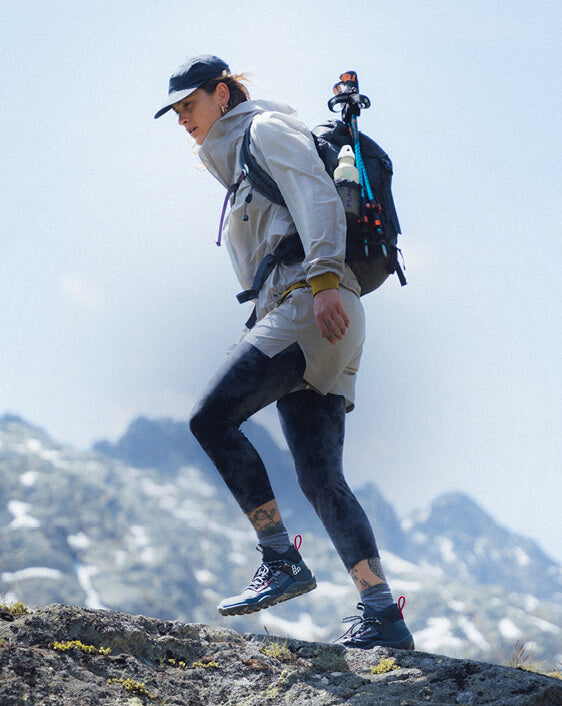While camping trips can be filled with fun and adventure, there is always the possibility of getting hurt. Aside from your snacks, clothes and other essentials, it doesn’t hurt to have a first aid kit handy.
Constant vigilance is the key to safe camping, which is why you need to be prepared for anything. At the very least, having a first aid kit in your back pocket will treat any scrapes and bruises from hiking.
Essential First Aid Equipment
When packing your first aid essentials, it’s always good to have these with you:
- Bandages (adhesive, compression and three butterfly ones); having a blister kit or hiker’s wool will also work
- Irrigation syringe
- Gauze accompanied by non-stick pads and tape
- Antibacterial ointment
- Easy cleaning materials such as antiseptic wipes and hand sanitiser
- Some medicine (ibuprofen, paracetamol, antihistamine, antidiarrheal pills)
- Water treatment tablets
- Tweezers
- Latex gloves
Specific First Aid Scenarios
Depending on the environmental conditions of your campsite, you should pack extra in case of any specific scenarios. If you’re planning on taking overnight trips or plan to stay for a few days, you will have to be mindful of your supplies.
For longer hikes, it is recommended to add these items to the above list:
- Rolled and blood-stopping gauze
- More bandages, preferably lightweight cotton, crepe or elastic crepe
- Materials for a makeshift sling (e.g. triangular bandages and splint)
- Swiss Army Knife and blunt-tipped scissors
- Thermometer
- Duct Tape
- CPR Mask
- Headlamp
- Anything to note down vital signs
Before exploring the campsite, make sure you know everything there is to know about the surrounding area. Conduct some research on any dangerous fauna or flora that you might encounter, and of course, take note of the weather conditions.
Here are a few that you might want to consider.
1) Snake Bite
Areas that have the risk of exposure to snakes require just a few more tools. When exploring a jungle or savanna, it helps to have three elasticated compression bandages handy. It helps to practice treatment, or at least have some idea of how to apply it.
2) Tropical Areas
For more tropical areas, you may be exposing yourself to insect-ridden diseases. Examples of these include malaria and dengue fever.
To combat this, make sure you have some DEET-based repellent handy along with some antimalaria pills. Make sure your repellent is tropical-strength. When packing the DEET repellent, take good care that it does not spill over important fabrics. Otherwise, pack it in a separate container.
For treating wounds, it is recommended to include powdered antiseptic or antibiotics.
3) Cold Climates
In cold climates, don’t forget to bring heat-reflecting emergency blankets in case of hypothermia. You don’t want to stay out in the cold and freeze to death.
4) High Altitudes
For high altitudes, bear in mind that the higher you are, the more you are likely to experience headaches. It helps to carry some headache medicine to avoid altitude sickness.
To start with, you can bring ibuprofen and paracetamol. If you are sensitive to headaches, you may consider acetazolamide and anti-nausea pills.
Conclusion
Taking the trek to a campsite is a perilous one. While highly enjoyable, it is best to stay prepared. You will have made the most out of your trip if you come home safe and healthy.
Before you plan for a trip, make a stop at Adventureco. We have all of the camping essentials you’ll need for a safe trip. Browse through our catalogue now!


